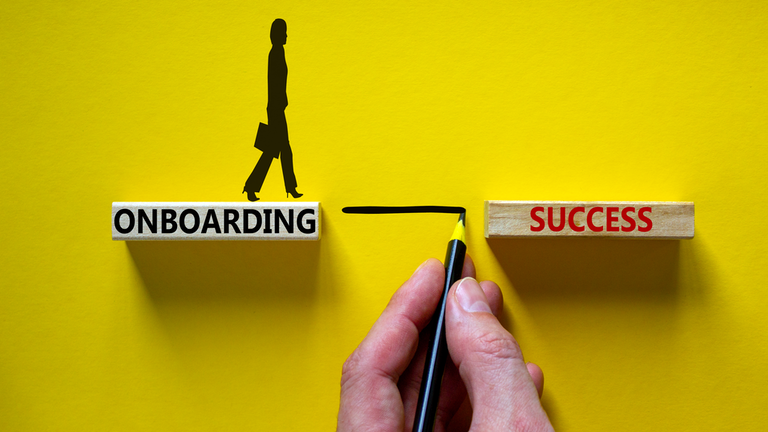Originally published in FleetOwner
The hiring process is where you make a first impression on a potential new hire; but the onboarding process is where they really begin to know to know your business. Employees who have a good onboarding experience end up staying longer and are more likely to be engaged in their work.
Recently I read a blog post written by Adam Robinson, co-founder of Hireology, in which he reiterated that “there is a strong correlation between structured onboarding processes and employee retention.” He believes the best onboarding processes are well planned and efficient. He says many companies can benefit from streamlining their onboarding process, and cautions that streamlining does not mean “skimping on training and other steps.” It simply means removing cumbersome and inefficient steps and processes.
In his blog, Adams offered tips on how to streamline onboarding, and I want to share those tips with you. As we discovered during the COVID-19 pandemic, technology can be our friend and is a great enabler of efficiency improvements. We all know about the volume of paperwork we dump on employees on their first day in the office — legally necessary but still burdensome.
Technology allows fleets to send new employees the paperwork they need to complete in advance of their first day on the job. Make sure to do it a way that it can be accessed by the new hire and by the company’s HR director. Some software allows HR to track the new employee’s progress on completing the necessary paperwork. An ideal solution will integrate with your payroll and scheduling software so all data is stored in one place.
One good way to find out how you can improve your onboarding process is to ask people who have been through it. Talk to them about the parts of the process that worked well as well as areas they think can use improvement. You can create a post-onboarding survey and ask new employees to complete it. Make sure to ask them — and even employees with longer tenure — how well equipped the onboarding process made them feel to handle the day-to-day responsibilities of their position.
Make sure your onboarding process is consistent for all employees, while acknowledging some content differences, depending on the position. A checklist is a good way to make sure all the required steps are covered for each employee. What you want is a standard process with shifts in content as needed.
Onboarding is a good time to determine employee training needs and set goals. Adams suggests getting managers involved in making 30/60/90 day plans and encouraging them to set regular — weekly or bi-weekly — meetings with new hires to check on progress and address any concerns they may have.
An efficient onboarding process starts employees off on the right foot and makes their entry into your workforce a positive experience.





